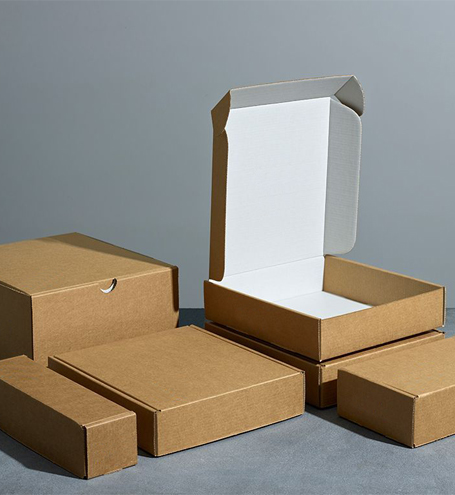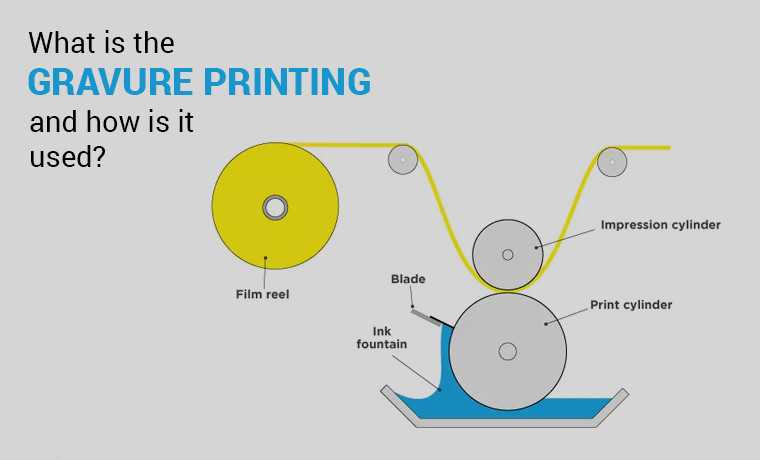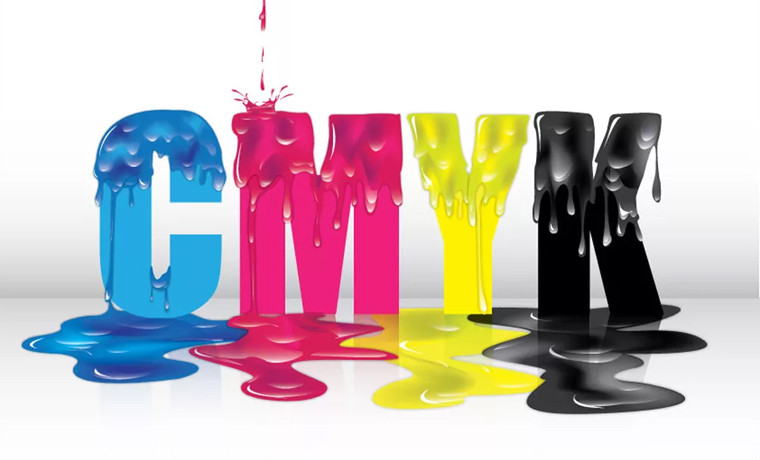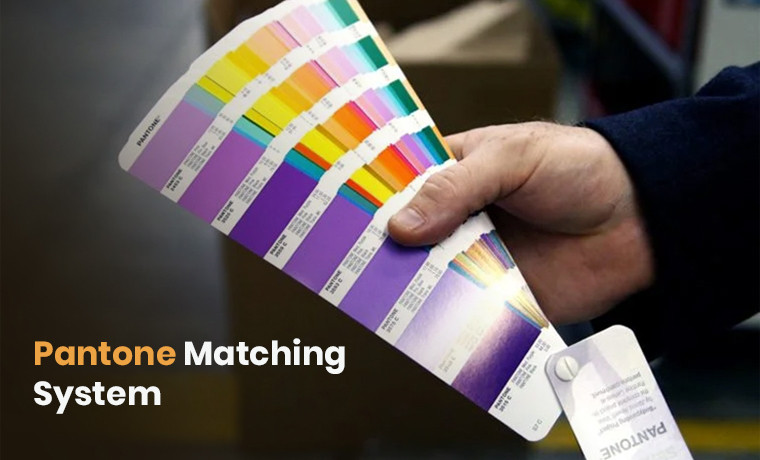How Labeling and Packaging Build Brand Trust & Drive Sale
September 08, 2025
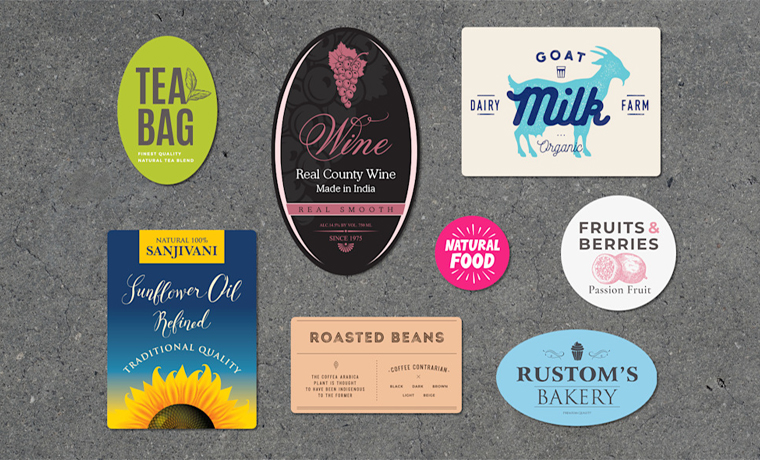
You only get one shot at making a great first impression. That is especially true in retail. Whether you are selling food or electronics, putting effort and investing in your labeling and packaging can make a big impact. It says a lot about your product. Clear labeling and creative packaging directly communicate with customers and tell them about the products.
- 64% of consumers try a new product because the packaging catches their eye. (According to Nielsen)
- Brands using eco-friendly packaging report a 15% increase in repeat purchases. (Source: McKinsey)
This guide will explore how smart and compliant packaging and labeling can elevate your brand and ensure long-term success.
What is Product Labeling and Packaging?
Packaging is the process of designing and creating boxes or wrappers that hold a product. It protects your product from damage, contamination, and tampering. Easier to store, transport, and handle. The packaging design involves:
- A blend of colors
- Illustrations
- Logos
- Text
- Modern printing
Professional designers create captivating custom packaging designs for your packaging boxes to attract customers. Labeling provides essential product information such as:
- Ingredients
- Expiry date
- Instructions on how to use it
Match Labeling and Packaging to Your Target Audience?
Your product is your brand ambassador. It is essential to understand your customers before choosing packaging and labeling. You must know who you are targeting to show off your brand and products.
Each group responds differently to your target audience:
- Men
- Women
- Children
- Older adults
Make sure you understand your customers before launching your product. For example, when targeting older adults, consider using larger text on your packaging to ensure it is easy to read and understand. Use attractive images like an action character on action figure packaging to create a sense of action and fun when you are selling toys for children.
Choosing eco-friendly packaging shows your customers that you care about the planet. It is a simple but powerful way to connect with people who value green living.
Key Design Elements for Clear Labeling and Proper Packaging

Labeling is a part of product packaging in which written information is provided to customers to make an informed buying decision. Covering important information on the label, the packaging plays a significant role in communicating with customers. However, you should consider technical aspects while designing a label for your products.
Colors
Color choices are limitless. Choose colors wisely, reflecting brand aesthetics and product value. Select a color palette of three colors throughout labeling and packaging. In printing, you can go with CMYK and PMS color printing.
Fonts
Use fonts that are easy to read and legible. Ensure the font is not clashing with your logo on packaging and labels. You must be sure the font is in the right size and readable from a far distance.
Logo
Placing your logo throughout labeling and packaging is the key to making your brand known to a wider audience. Wherever the box travels, your brand logo continues to market your business and establish its name.
FDA Food Labeling Requirements: What Needs to Be on Your Products?
The purpose of labeling is to provide consumers with important information about the products and give contact information along with a logo so they can contact the company selling that particular product.
Here are some areas you need to cover for labeling when you are representing your products.
Ingredients List
Providing ingredient information on labeling is a must to let customers know about the ingredients. Make sure a detailed listing of ingredients is properly given to educate customers on what type of ingredients are involved in producing that particular product. Giving an expiration date is also important to allow customers to use the product within that time.
Nutrition Labeling
The nutritional facts label is crucial for providing key information. This information can include calories per serving or fat control. It will help customers get the nutrition from the product they are purchasing.
To help customers understand better, you can include ingredient facts on packaging labels to help customers understand what they are consuming and what impact it can have on their health plan.
Contact Information
It is important to give your contact information on the labels to allow customers to contact you via direct phone number or through email.
Food Packaging Requirements in the USA

Packaging can make or break a customer’s buying decision. As a food business owner, you will be aware of the importance of food and beverage packaging. It is indispensable to keep your food fresh for longer and reach customers' hands in pristine condition. Be sure the packaging is compliant with FDA packaging guidelines.
FDA compliance and food-grade materials help save consumers. Ensure product quality and avoid legal issues. Using verified materials shows your brand’s commitment to safety and builds customer trust.
Here are some requirements for food packaging to help you understand the importance of packaging.
Safety and Quality Standards
Customers like fresh food. All food on display must be protected by packaging, whether they are being sold online or at physical stores. Make sure food packaging:
- Uses certified food-grade materials
- Preserves freshness during storage and transport
- Meets FDA safety standards
Choose the most suitable material for foods to prevent them from going stale.
Tamper-Proof Packaging Features
Incorporate a visible seal. You must guide customers about how the packaging can be tampered with. It helps customers identify if the packaging has been tampered with.
Eco-Friendly Preferences
In this modern era, many customers prefer eco-friendly packaging. Keeping this perspective in mind, opt for packaging materials made from biodegradable or recyclable materials for food products. Honor the planet by showing positive gestures and care for the environment.
Top Packaging and Labelling Examples
Here are some clear examples of labeling and packaging.
- A cereal boxes that holds the cereal inside.
- A glass bottle for soda protects the liquid and allows easy pouring.
- A plastic pouch for snacks lightweight packaging to keep the product fresh.
- A perfume bottle is designed not only to hold the fragrance but also to look attractive on shelves.
- A cardboard shipping box protects items during transit.
Conclusion
Clear labeling and packaging are essential when you are selling your products. Shoppers tend to read labels carefully. Every detail matters. Make sure all the necessary information is displayed.
Accurate labeling not only meets regulatory standards but also helps educate and inform your customers.
In a wide range of packaging and labels, from electronics packaging and food boxes to shipping labels and food labels, you can get them designed according to your desired requirements.
Ready to upgrade your packaging and labeling? Contact Custom Product Packaging at orders@customproductpackaging.com to get started with a custom design that fits your brand.
